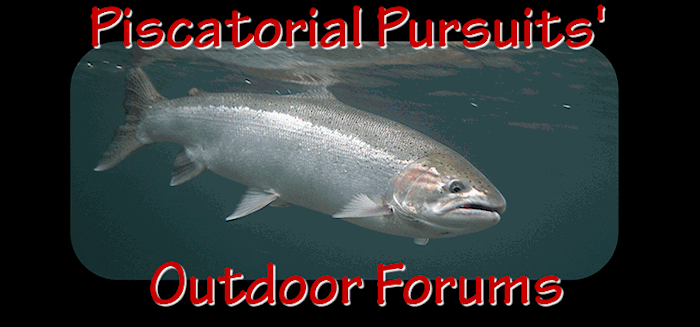LT,
No, I don’t think Atlantic salmon will establish natural, self-sustaining runs around here, although it remains a slight possibility. Atlantics caught in local rivers are escapees from net pen fish farms. They have spawned in several rivers, and juvenile Atlantics have even been found rearing. But there is more to a successful life cycle than that, and so far, the species has not been able to complete the circuit in the Pacific.
Atlantics are about as aggressive as steelhead when it comes to hitting bait and lures. They bite best at optimum water temperatures and flows. Cold and warm water and very low flows are the worst time to fish for Atlantics.
Sthd dreaming,
The strategies of releasing fry, smolt, and captive broodstock have all been tried in various eastern U.S. rivers in an attempt to restore Atlantic salmon. Like steelhead, they return at different seasons and sizes, depending on the river and region of the Atlantic. Atlantics larger than 50 pounds return to some of Norway’s most famous rivers. Grilse, which we call jacks, are common to some of the rivers of Quebec and Labrador. The earliest returning Atlantics used to enter English and Scottish rivers in February. June through September is when most Atlantics enter their home rivers, but they come in as late as November, which is also the peak spawning month in most regions. Sport-caught Atlantic salmon are very acrobatic because most of them are caught in the summer during prime water conditions, like summer steelhead.
Restoring Atlantics to the Connecticut will be a miracle, although one worth persuing in my opinion. There is a lot of good tributary habitat in that large river system, but the presence of so many predator species like smallmouth bass and stripers might make it impossible unless the timing of juvenile migrations doesn’t synch with the predators’ active periods.
Sincerely,
Salmo g.













 Previous Topic
Previous Topic Index
Index


